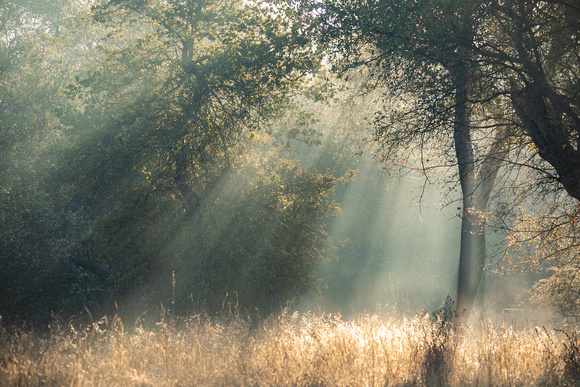Elements
Four Elements Represented through Photography: Earth, Air, Fire, Water
Text and photos by Heather Cline
Earth
|
Earth represents grounding, the foundation of life, substance, connection to life path, and family roots. There are so many examples in photography that represent this element, from actual earth itself to the effects the other elements have had on it, to how wildlife interact and rely upon it. Earth is the only element that can be clutched in your hand, much like the sand falling from the canyon walls of Buckskin Gulch below.
The Earth is full of rocks and minerals that provide soil to grow vegetation and support life. The most abundant mineral in the Earth's crust is sand, which when combined with fire, becomes glass. Metal is also found throughout Earth's crust and when combined with fire, is used to create machines and tools. Death Valley is the iconic location to experience the many examples of Earth as an element. There are many sand dunes, canyons, and mountains to explore within this park.
In Classical Greek and Roman myth, various goddesses represented the Earth, seasons, crops and fertility. In feng shui, Earth is related to overall well-being, self-nourishment, and boundaries. It is stable, grounding, and reliable. The colors in the images below are representative of earth colors yellow, orange, and brown. |
Air
|
The air that surrounds us is made up of a variety of gases, mostly nitrogen and oxygen but also small amounts of argon, carbon dioxide, helium, and krypton. We cannot see air, but we can see the effects of it through wind and weather such as this steam fog rising just after sunrise.
Humans and other life forms have a special relationship with plants in relation to the air we breath. As we breath in oxygen, we exhale carbon dioxide which plants use to manufacture their food. As plants create food during photosynthesis, they give off oxygen and the cycle repeats. Air is Earth's protective blanket, also called our atmosphere. Earth's atmosphere is composed of approximately 78 percent nitrogen, 21 percent oxygen, 0.93 percent Argon, 0.04 percent carbon dioxide as well as trace amounts of neon, helium, methane, krypton, ozone and hydrogen, as well as water vapor. The air at the Earth's surface is roughly 14.7 pounds per square inch, providing just the right amount of pressure to allow all life forms enough oxygen to live.
Since air is such an important resource, air pollution is a significant concern. Threats to air quality, like urban smog, acid rain, use of fossil fuels, and global warming have all become more prominent in recent years. Air is represented in many forms as is portrayed in the images below. |
Fire
|
Fire needs three things to exist: oxygen, fuel, and heat. The intensity of the fire is dependent on the availability of each of these three things. To extinguish a fire, one of these things needs to be removed. Water is often an effective method because it removes heat from the equation, which is evident when hot lava enters the ocean, for example. In recent years, wildfires have increased in number, size, and intensity in many parts of the world. Once extinguished, the effects of these fires have detrimental impacts on the ecosystems and organisms that depend upon them. One example is from the 2018 Camp Fire in California. In addition to vegetation, this fire also resulted in piles of charred electronics, furniture, and automobiles. The rains that followed flushed debris and toxins from these burned materials into nearby watersheds.
Fire's relationship to oxygen is interesting as well. Earths atmosphere - or air - contains just the right amount of oxygen to prevent over feeding of fires. As an element, fire is represented in the sun, stars, hydrothermal activity, and man made blazes. Examples of these are illustrated below. |
 
|
Sunset
|
| Fire
|
 
|
 
|
Wildfire damage
|
| Fireworks
|
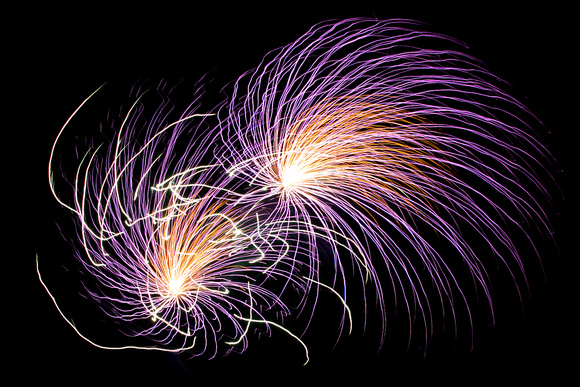 
|
 
|
Grand Prismatic Spring Geothermal feature
|
| Lava flow
|
 
|
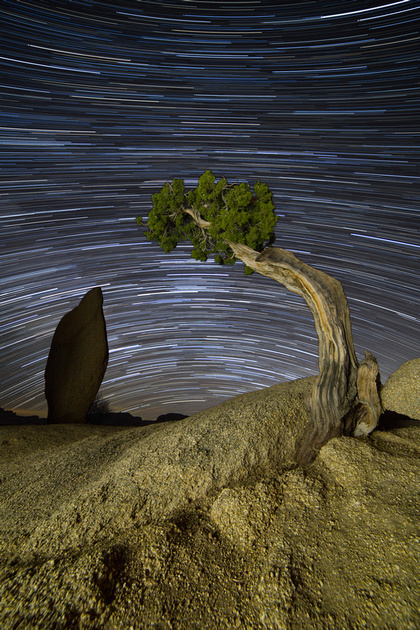 
|
Star Trails
|
Water
|
One of the things that make Earth unique is the presence of water. It covers about 70% of the Earth's surface and is fundamental for all life. Without it, every living thing on this planet would die. The chemical composition of water - two hydrogen atoms with a positive charge and one oxygen atom with a negative charge - is special because of the way these atoms bond and interact with each other. The positive and negatives attract and form surface tension that allow objects to float upon it. This is also why water forms drops instead of one thin layer. Water dissolves more substances than any other liquid. This is very important for life on Earth because it carries dissolved chemicals, minerals, and nutrients that support living things.
Water exists in three states: solid, liquid, and gas. The gaseous state in present in the atmosphere as water vapor and liquid, of course, is everywhere in lakes, rivers, and oceans. Water's solid state, ice, is unique because it expands as it cools which is unlike other liquids. This expansion makes ice less dense than water in its liquid state and why ice floats. This property is also why rivers and lakes do not freeze solid - which is important for all the life living in them.
Water has a high specific heat index which means it takes a lot of energy to change its temperature. The abundance of water on Earth keeps the temperature in a comfortable temperature range. Without water, Earth would not be able to retain heat when out of the suns view and we would see much higher fluctuations of temperature. This is evident in the temperature change at day and night in coastal areas versus the desert. In the coastal locations, there is little temperature difference between day and night but significantly greater difference in the desert. While the boiling point for water at sea level is 212 degrees, the higher in elevation you go, the lower the temperature required to boil it. For example, on Mount Everest at an elevation of over 29,000 feet water boils at 156 degrees. Like the other three elements, water takes many forms and is crucial for life on earth. Some of these examples are provided below. |
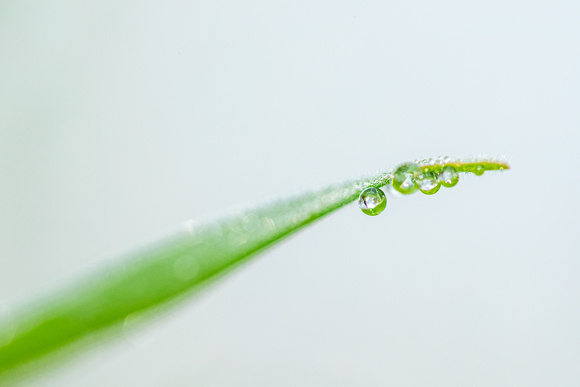 
|
Water droplets on grass
|
| Snowfall on aspens
|
 
|
 
|
Ice patterns
|
| Creek flow
|
 
|
 
|
River otter
|
| Sea anemones
|
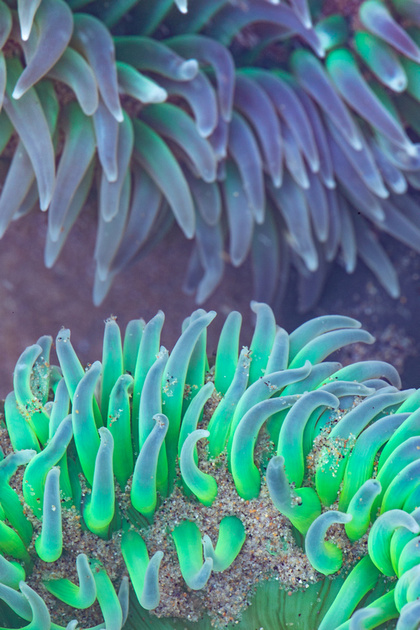 
|
 
|
Sanderling
|
I hope you enjoyed this post. Please visit my gallery for more images that highlight the four elements.
Comments
"Thank you!"
Truman
















